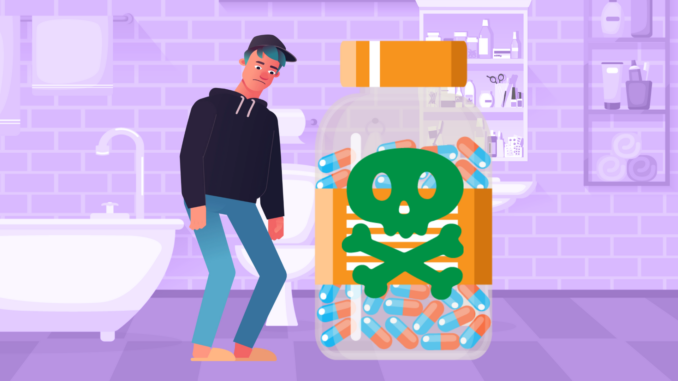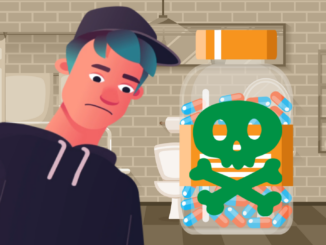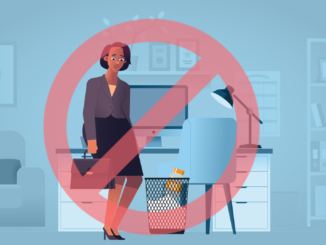
Medication take-back bins help keep communities safe and clean
by Anne Stokes
“Drugs are not disposable. There are a lot of benefits, but there is a lot of potential harm that can be caused by improper use.”
Steve Rodowick, Butte County recycling coordinator (retired)
Whether to cure disease, ease pain or prevent illness, prescription medications keep people healthy. Unfortunately, along with the power to heal, medications also have the potential to cause harm when misused or improperly discarded. Safe disposal drug take-back bins provide safe and convenient ways to keep unwanted medications out of the environment and out of the hand of those who would misuse them.
“Drugs are not disposable,” says Steve Rodowick, who served as Butte County’s recycling coordinator for 16 years before his recent retirement, and now is a board member on the California Product Stewardship Council. “There are a lot of benefits, but there is a lot of potential harm that can be caused by improper use.”
Don’t rush to flush
Even in the recent past, people were advised to flush unused medications down the drain. Unfortunately, what gets flushed down the toilet pollutes watersheds—the same watersheds that often supply communities’ drinking water.
“Most waste water treatment plants aren’t set up to capture the constituencies in pharmaceuticals before they’re released into the water,” explains Rodowick.
Not getting rid of unused medications has its risks
According to the Centers for Disease Control and Prevention, an average of 45 Americans died every day from prescription opioid overdoses in 2021, for a total of 280,000 deaths. And this was nearly five times the number of deaths in 1999. Similarly, two-thirds of teens who admit to abusing painkillers say they got them out of home medicine cabinets. And each year, approximately 59,000 children in the U.S. end up in emergency departments because of accidental poisoning.
“Take-back bins keep those pharmaceuticals that are languishing in medicine cabinets in people’s homes away from children and teens in a safe and secure location for proper destruction,” says Rodowick.
A better option
Rodowick explains that up until recently there was no unified effort in the Butte County area to provide safe and responsible disposal options for medications at the end of their useful life. Today, there are take-back bins located throughout the community, with more planned to be installed in the future
“The issue was that there were no convenient—or actually any inconvenient—locations to take them,” says Rodowick, who used to coordinate the medical sharps take-back bins. “Even though the signs on the drop door said, ‘No medications,’ there were medications in virtually all of these sharps bins. People were just looking for options to get rid of them and they weren’t finding them, so they created their own.”
To find a bin near you, visit medtakebackcalifornia.org.
Read more stories about med bins in California’s North Central Valley.



